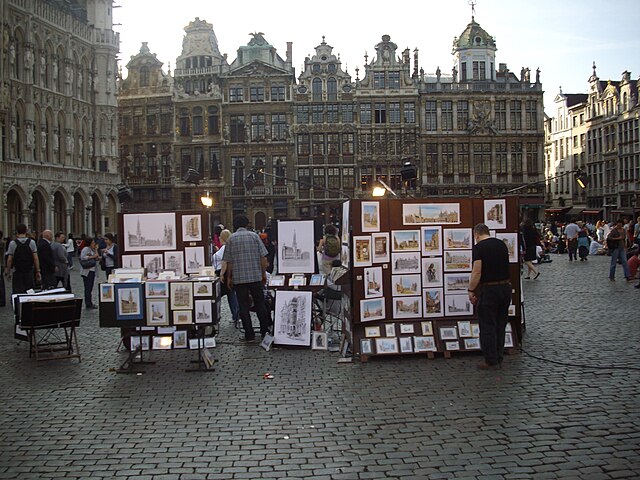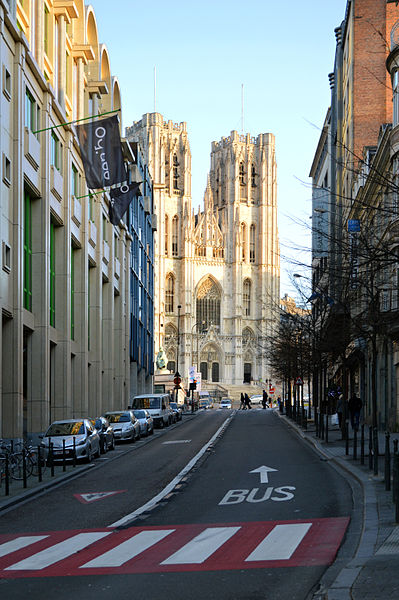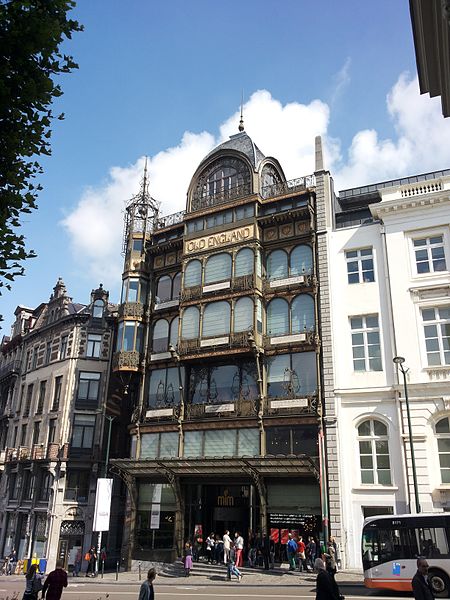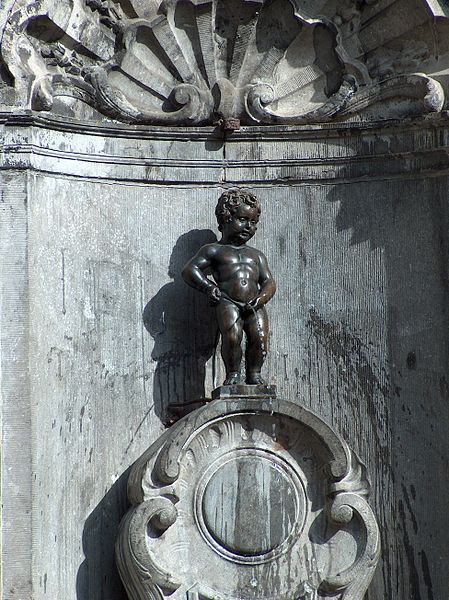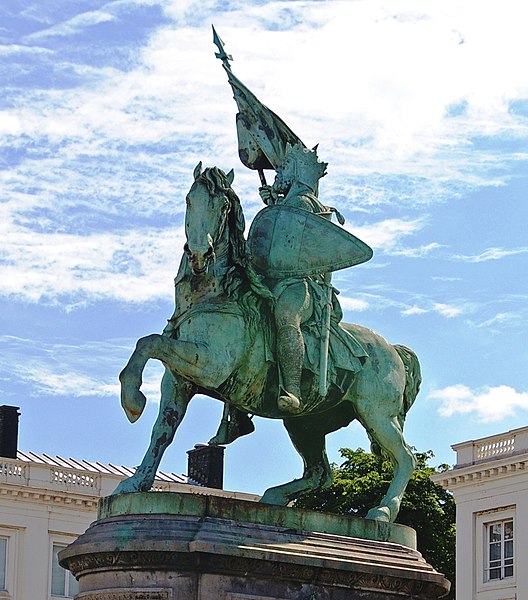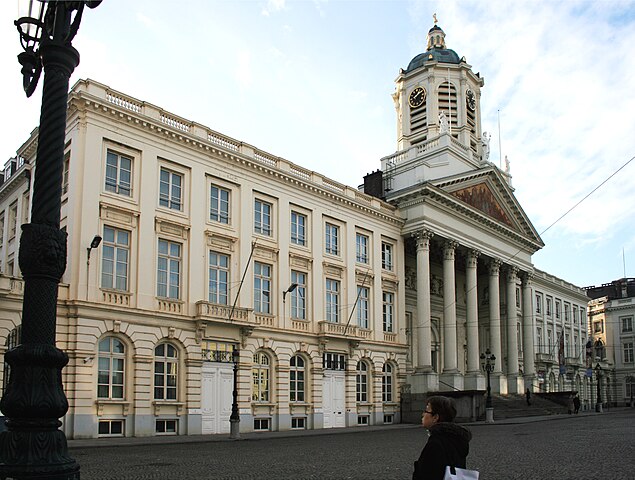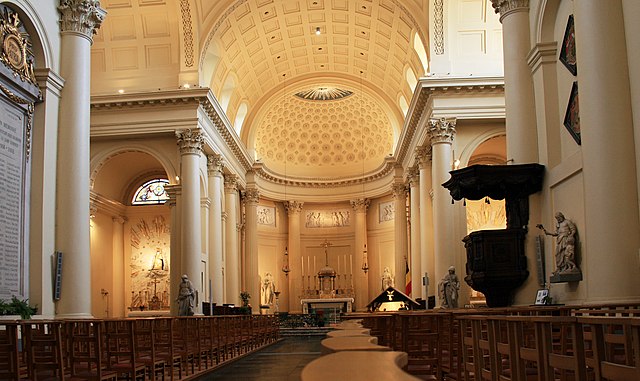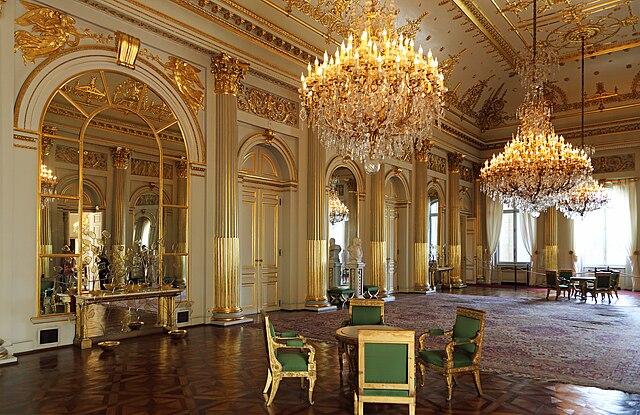As Belgium's largest city and capital, Brussels is historic yet modern. Since the end of the Second World War, it has been a major center for international politics, such as the administrative capital of the European Union. Its medieval landmark Grand Place is surely one of the world's most unique squares.
Bruxelles, Brussel
It is the central square and is surrounded by opulent guildhalls and two larger edifices, the city's Town Hall, and the Breadhouse building containing the Museum of the City of Brussels. The square is the most memorable landmark in Brussels and it is a UNESCO World Heritage Site. It is accessible by public transit at the Bruxelles Central Station
It is a shopping arcade lined with cafes, theaters and luxury stores in the town center. It has twin regular façades with glazed arcaded shopfronts separated by pilasters and two upper floors, all in an Italianate Cinquecento style, under an arched glass-paned roof with a delicate cast-iron framework.
It is part of the Royal Museums for Art and History and internationally renowned for its collection of over 8,000 instruments. Its collection represents Belgian musical history, European musical traditions, and non-European instruments. Since 2000, the museum has been located in the former Old England department store, built in 1899.
Bruxelles
There are six museums connected with the Royal Museum, with two of them (the Museum of Ancient Art and the Museum of Modern Art, Brussels) in the main building. The Royal Museum contains over 20,000 drawings, sculptures, and paintings, which date from the early 15th century to the present. It also has an extensive collection of Flemish painting.
Parc du Cinquantenaire (English translation "Park of the Fiftieth Anniversary") is a large public park. At the center of the park is the Triumphal Arch. It was planned for the National Exhibition of 1880 to commemorate the 50th anniversary of the independent state of Belgium. Today three museums are hosted in the park.












